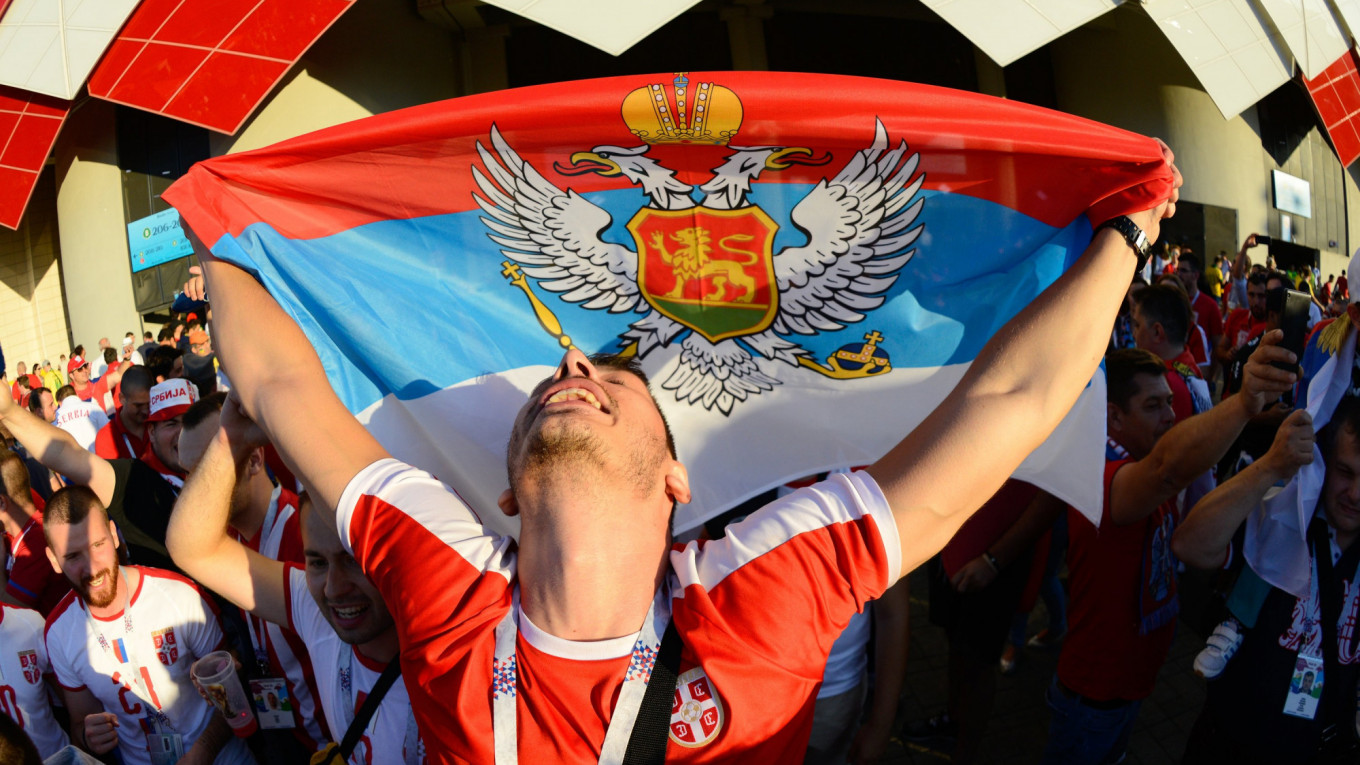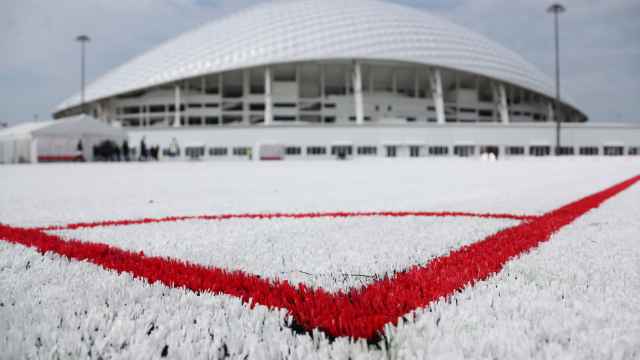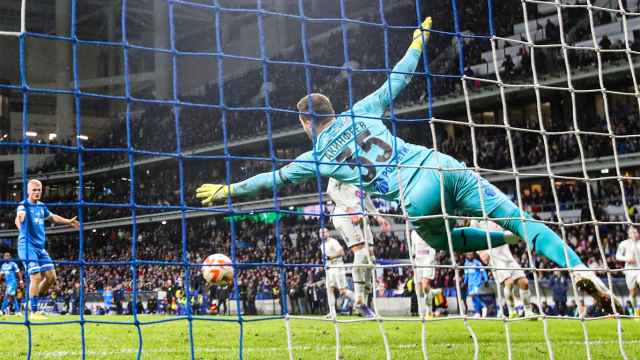Exactly one year ago, hundreds of thousands of football fans descended on Russia to attend one of the most long-awaited competitions in the country’s history – the 2018 FIFA World Cup.
Russia proudly hosted the event, reviving its global image and spending over $14 billion on construction, infrastructure and planning, making it the most expensive World Cup in history. Despite pre-tournament fears about racism and hooligan violence, the month-long tournament was well-organized and widely hailed as a success.
With 12 new or improved stadiums in Russia, observers speculated over whether they would follow the fate of the “white elephants” of previous global sporting events.
Most have seen a boon in attendance of football matches, while others have struggled to survive financially and turned to hosting more diverse events like concerts, races and even marriage proposals.
Here’s what’s happened to them over the past year:
Mordovia Arena - Saransk
Home team: FC Mordovia
Capacity: 44,149
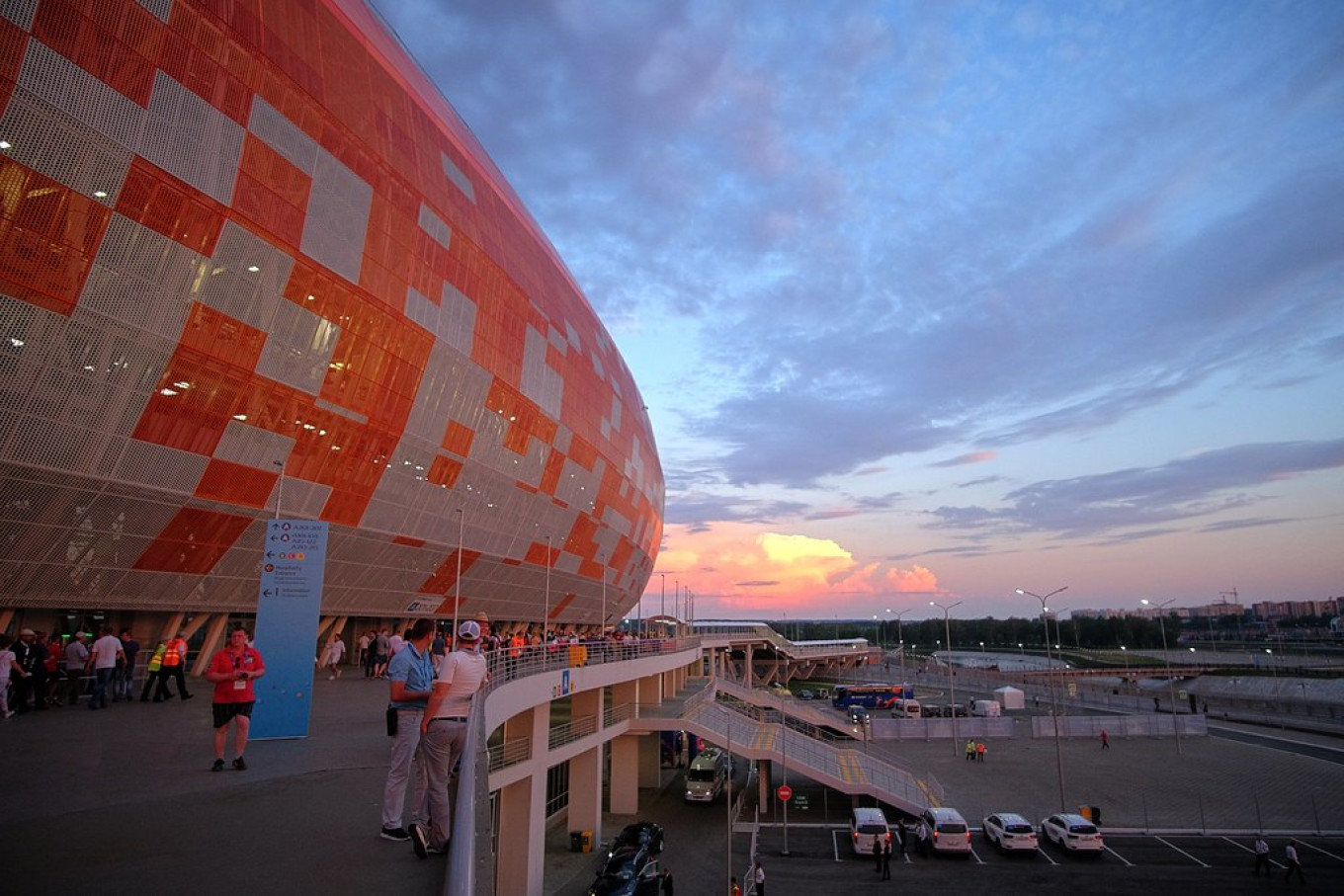
The stadium in Saransk became the first to host a match immediately after the end of the World Cup, gathering an impressive 26,000 fans for a game in Russia’s second-tier Football National League (FNL).
Local authorities have found it difficult to sustain the arena since then, with an estimated 300 million rubles needed every year for upkeep.
Kaliningrad Stadium
Home team: FC Baltika
Capacity: 35,000
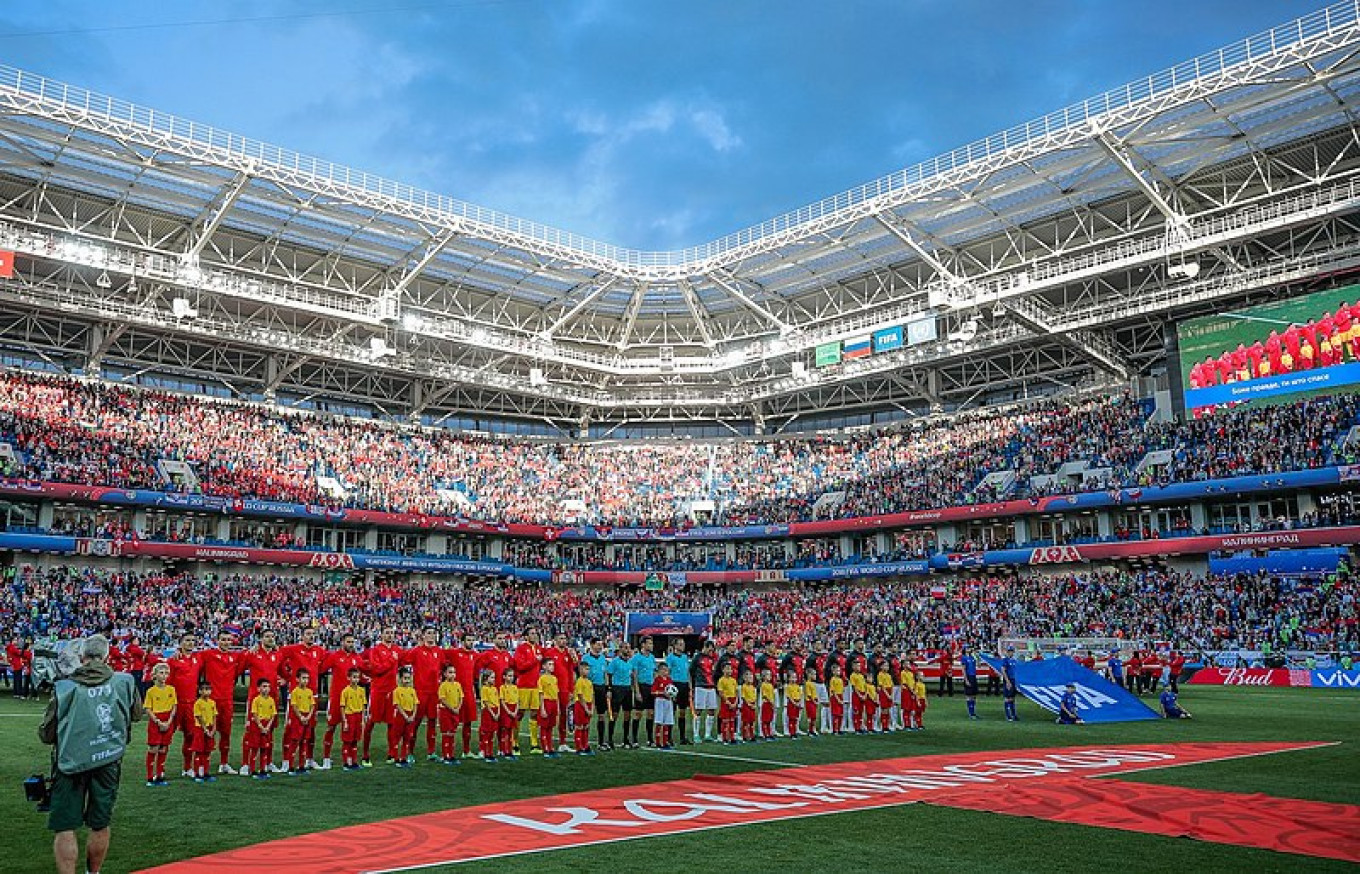
The stadium in Kaliningrad was always among the most problematic of the dozen. Built from scratch for the tournament, its completion was delayed until March 2018, mere months before the first match. Financial problems led the company responsible for the stadium’s design to declare bankruptcy.
In March 2019, the federal government allocated 40 million rubles for the stadium’s renovation, with plans for final completion in September.
Kazan Arena
Home team: FC Rubin Kazan
Capacity: 45,093
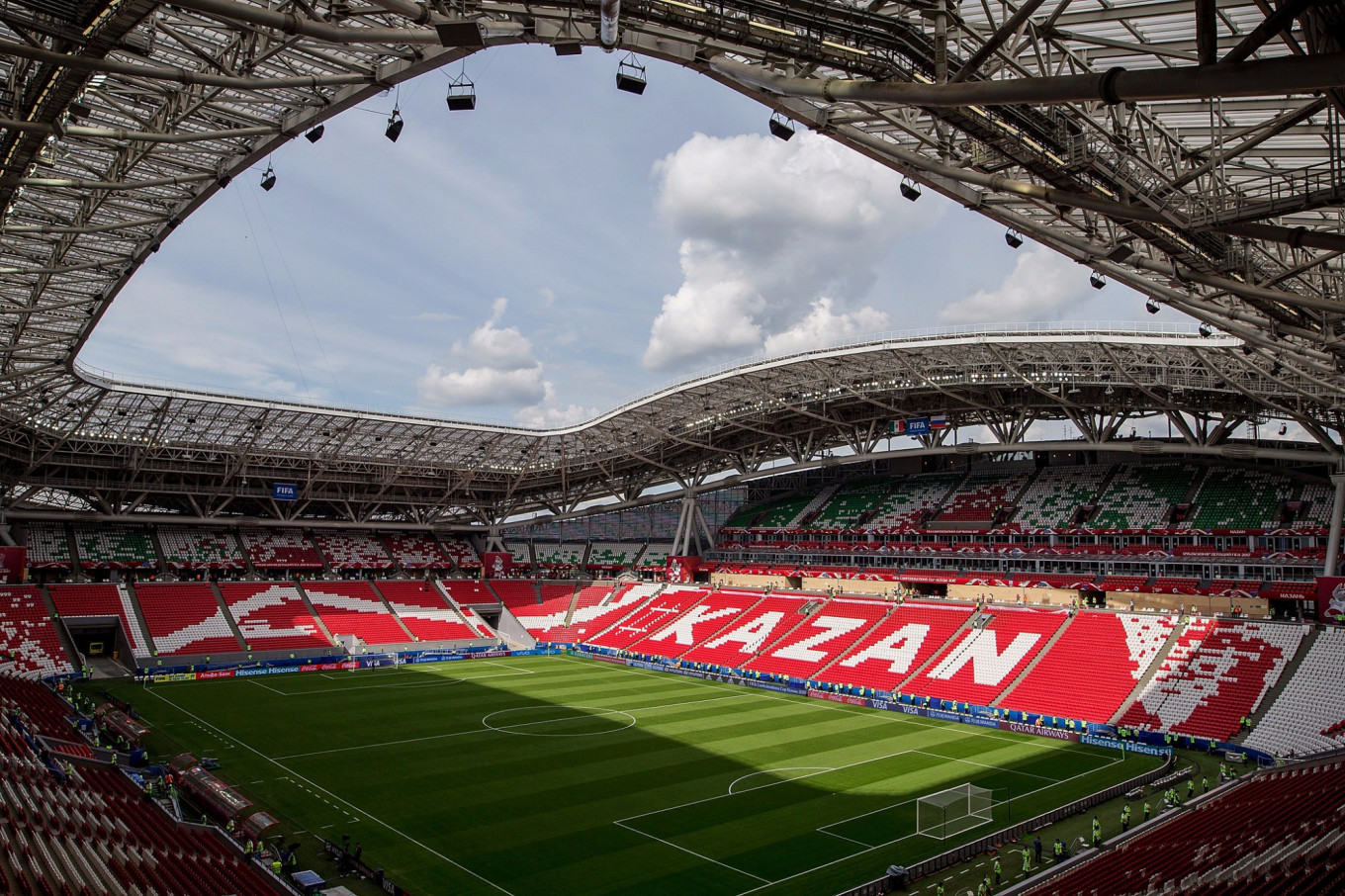
Apart from staging matches of FC Rubin Kazan, Kazan Arena has hosted everything from automobile shows and motorcycle races to Muslim fashion events.
It features sports bars, restaurants, a beauty salon, a hotel and even an educational center with a language school, and is often rented out for commercial events.
Yekaterinburg Arena
Home team: FC Ural
Capacity: 27,000
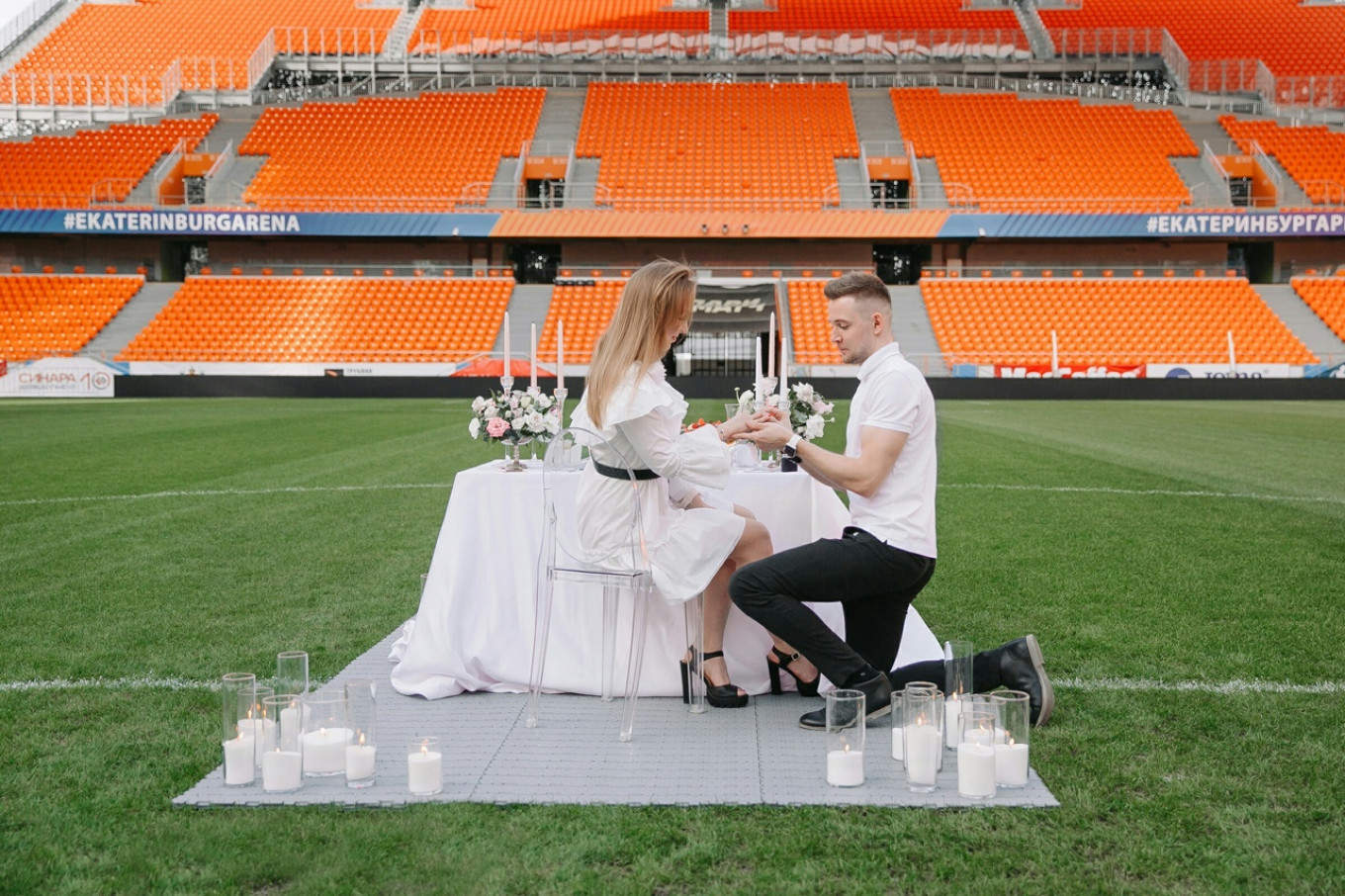
One of the smallest stadiums of the World Cup, the arena in Yekaterinburg hosts football matches, rock concerts and even marriage proposals.
“A football match starts with a ball in the center of the field. So why can’t you start a happy family life with a marriage proposal made in the center of the stadium?" Yekaterinburg Arena writes on its social media.
Fisht Stadium – Sochi
Home team: FC Sochi
Capacity: 43,700
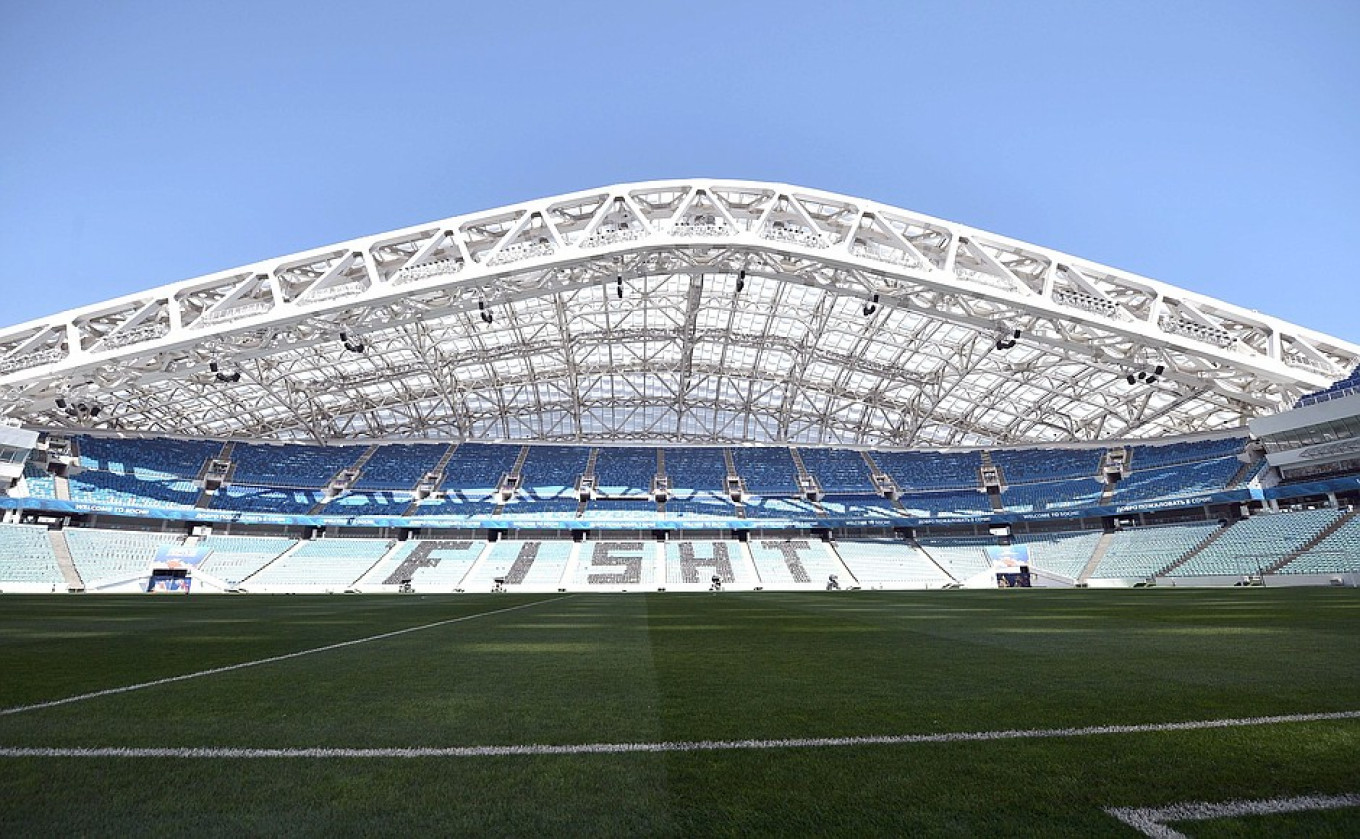
This $600 million stadium was constructed ahead of the 2014 Sochi Winter Olympics.
Following the World Cup, FC Dynamo St. Petersburg relocated to Sochi and became FC Sochi, making it the first professional club in the city since FC Zhemchuzhina was disbanded in 2013. The venue is also used for mass entertainment events like concerts.
Otkritie Arena – Moscow
Home team: FC Spartak
Capacity: 44,307
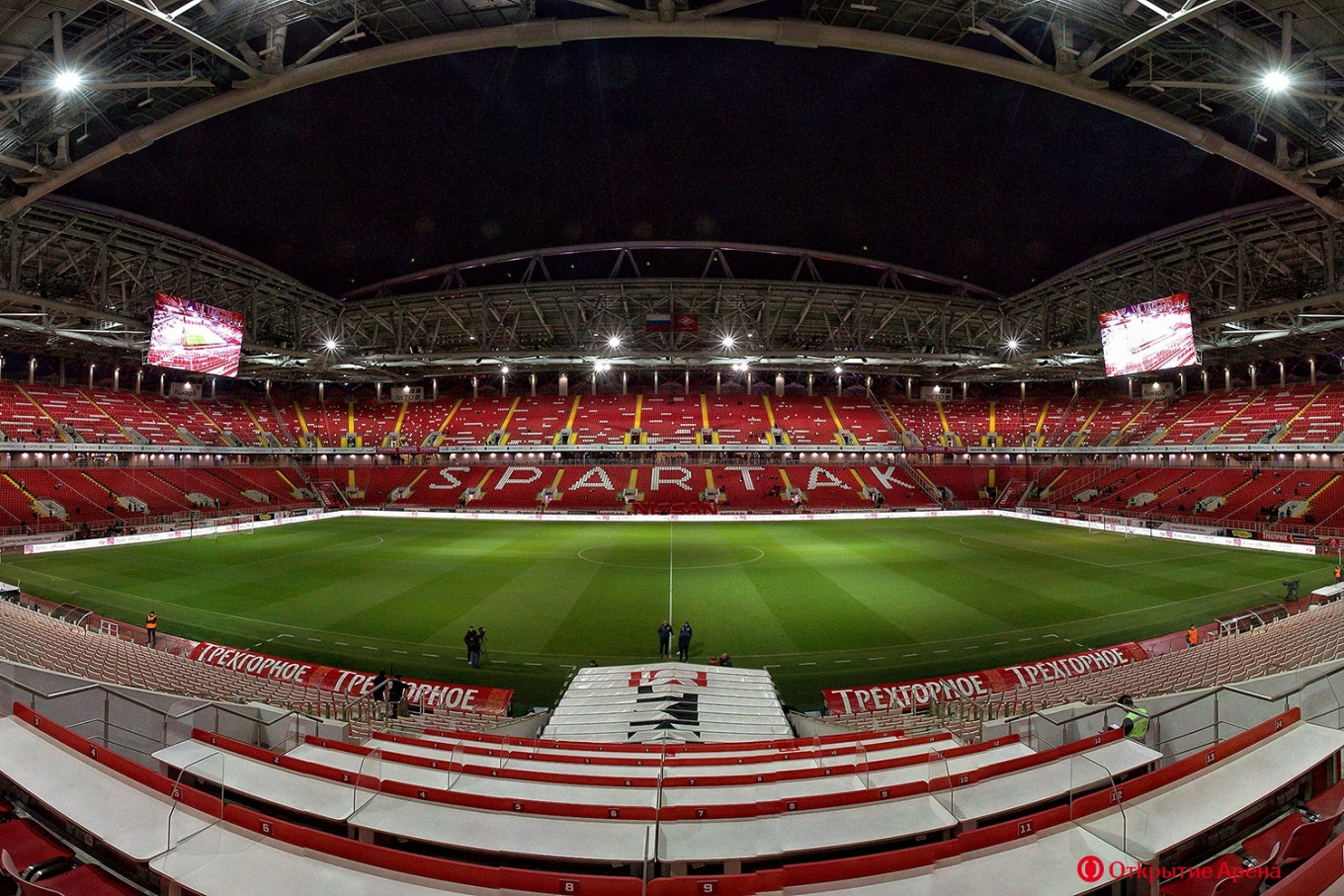
Otkritie Arena hosted five matches during the World Cup. Today, the stadium hosts the home matches of FC Spartak and occasionally the Russian national team. It’s also a major concert venue, with artists like Ed Sheeran, Guns n’ Roses and Depeche Mode among recent headliners.
Luzhniki Stadium – Moscow
Home team: Russian National Football team
Capacity: 78,394
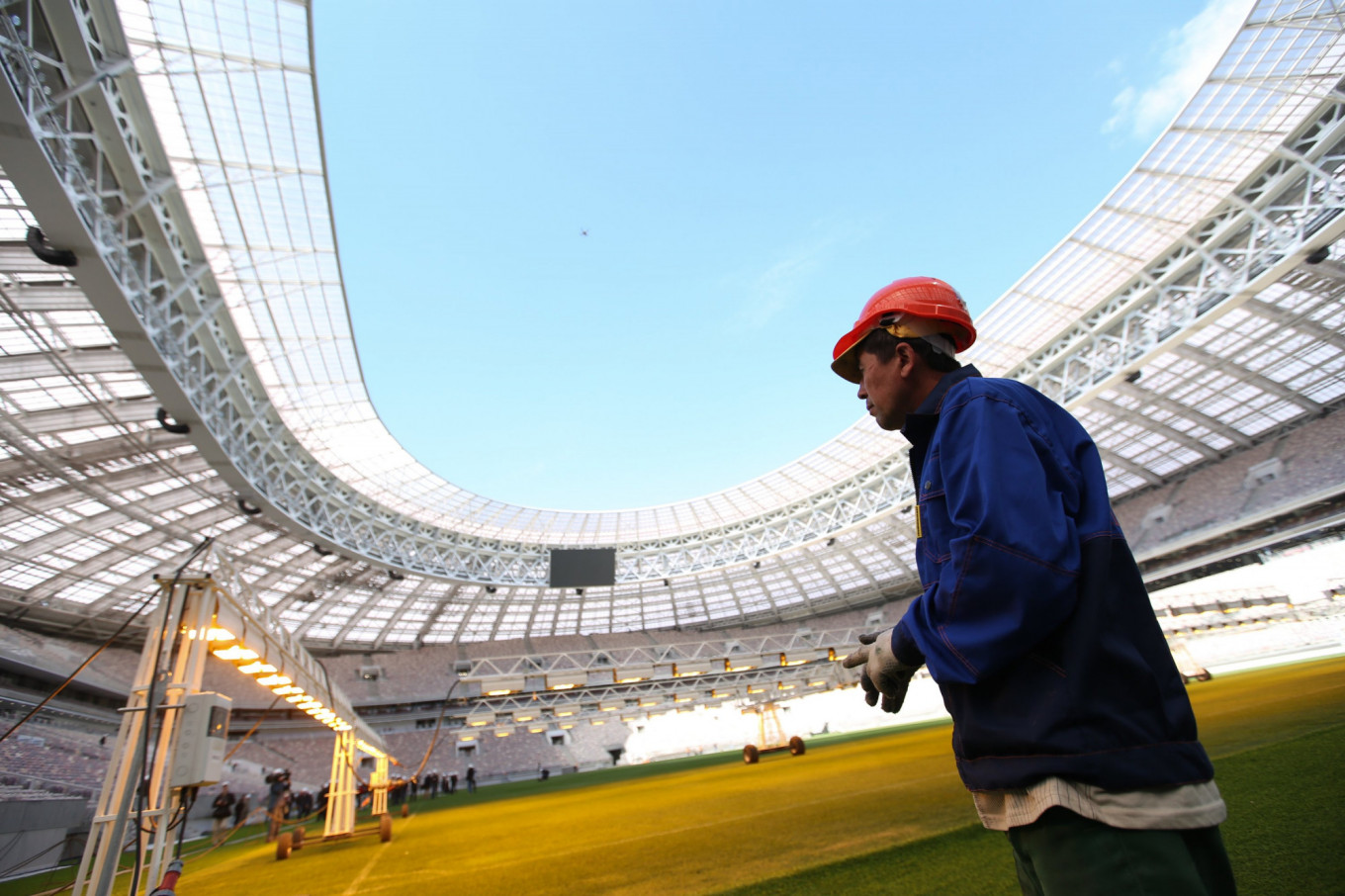
Luzhniki Stadium hosted the official opening and closing ceremonies of the World Cup and has the largest capacity of any sporting arena in Russia.
This stadium is considered to be one of the only venues that can turn a profit as it regularly welcomes thousands of concertgoers and hosts major entertainment events. The venue will also be used for track and field competitions.
An observation deck was opened on the roof of Luzhniki Stadium in May 2019, where visitors can observe the city from 57 meters high.
Nizhny Novgorod Stadium
Home team: FC Nizhny Novgorod
Capacity: 45,000
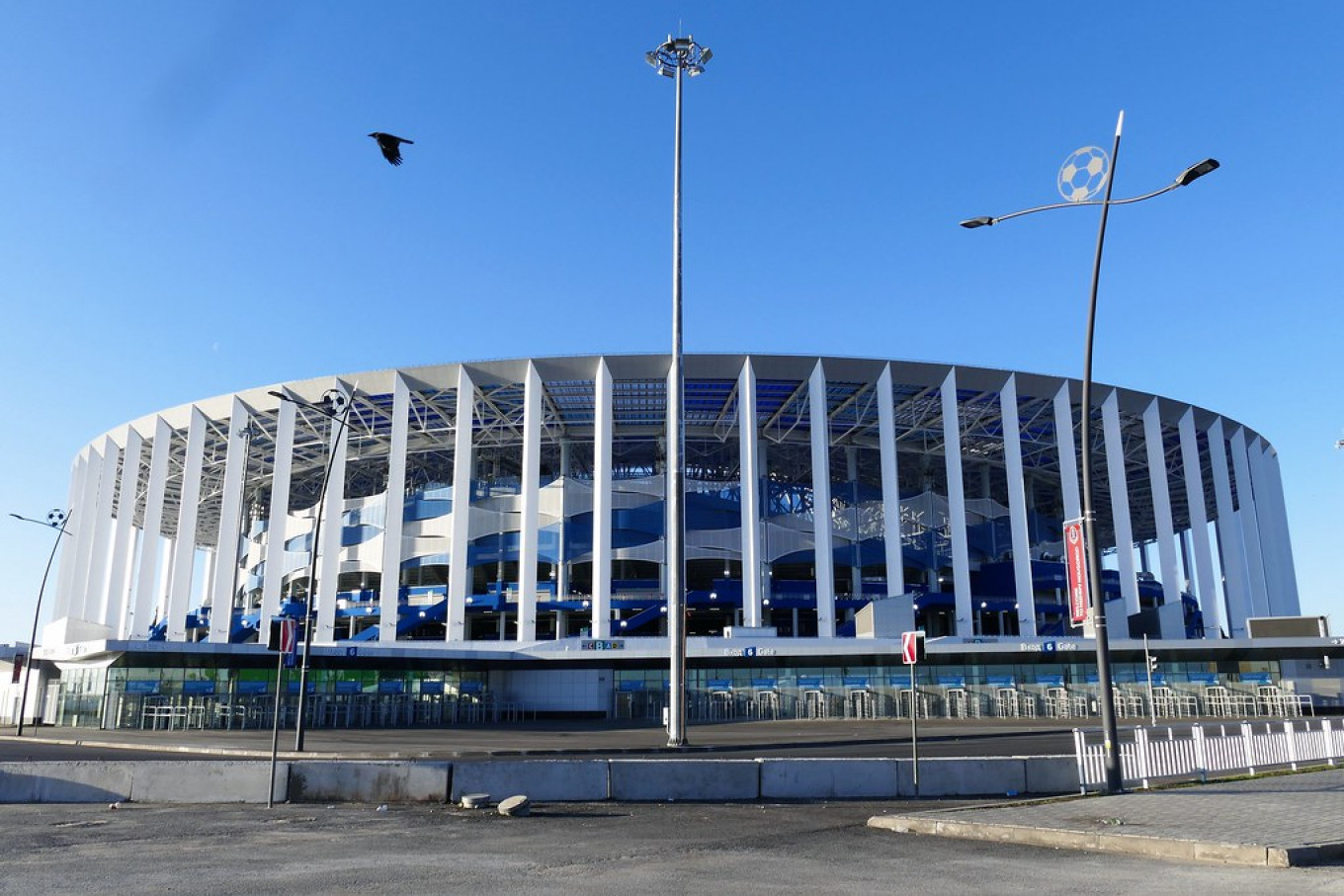
The stadium, which was inaugurated with the World Cup, was designed with a palette of white, blue and azure that symbolizes the Volga region in which it’s located. Today, the stadium is mainly used for football matches, but the Nizhny Novgorod region’s governor has said it’s also suited for hosting shows, concerts and other cultural and entertainment events.
Rostov Arena — Rostov-on-Don
Home team: FC Rostov
Capacity: 45,000
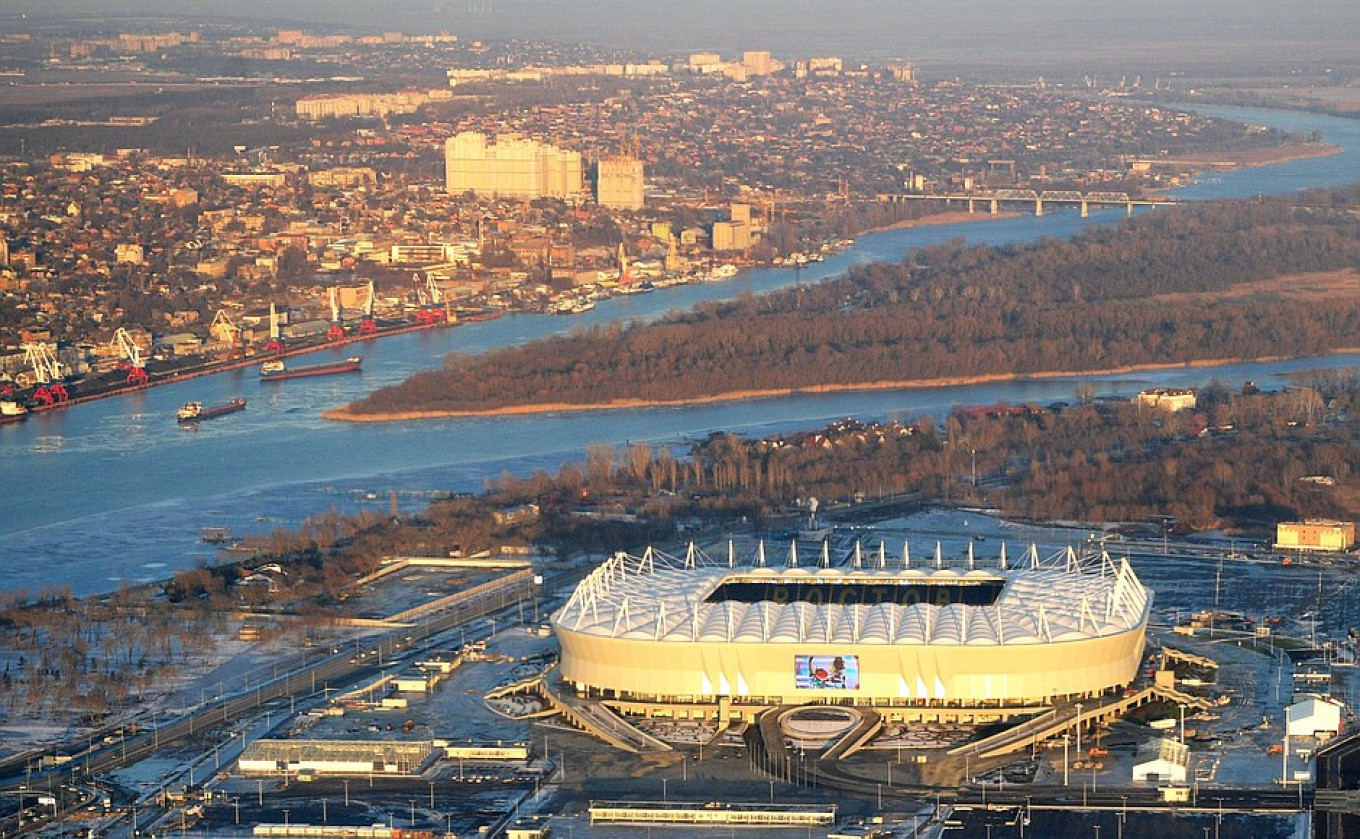
The main architect of the Southern Federal District first announced ambitious plans to develop the area surrounding the stadium as a new city center in 2012, featuring residential buildings, dining and shopping.
As of 2018, these plans are still in place, but no new construction has started yet. Local news outlets have noted that the cleanliness and quality of infrastructure seen during the World Cup have largely declined since then. Following the World Cup, Rostov Arena is primarily a venue for football matches and cultural events.
Gazprom Arena – St. Petersburg
Home team: FC Zenit
Capacity: 67,800
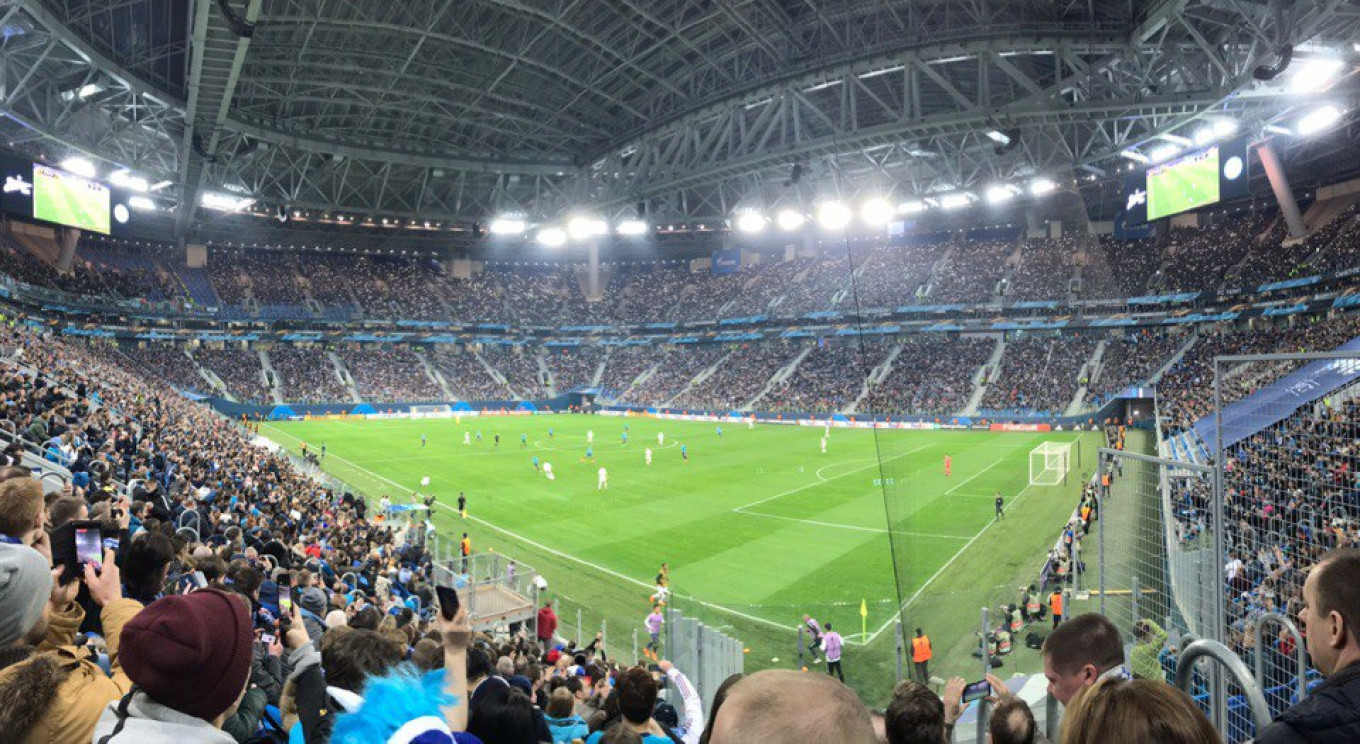
The arena in St. Petersburg took more than a decade to build following redesigns, corruption allegations and a change in the company responsible for construction. Now, it is considered one of the most modern and innovative stadiums in Russia, boasting a retractable roof and a moveable field.
It broke the Russian Premier League record for attendance last season with an average 48,244 fans per game.
The arena, which bears the name of Russian gas giant Gazprom, has also hosted international hockey matches and rock concerts, with Rammstein and Leningrad scheduled to play there later this summer.
Samara Arena
Home team: FC Krylia Sovetov
Capacity: 45,000
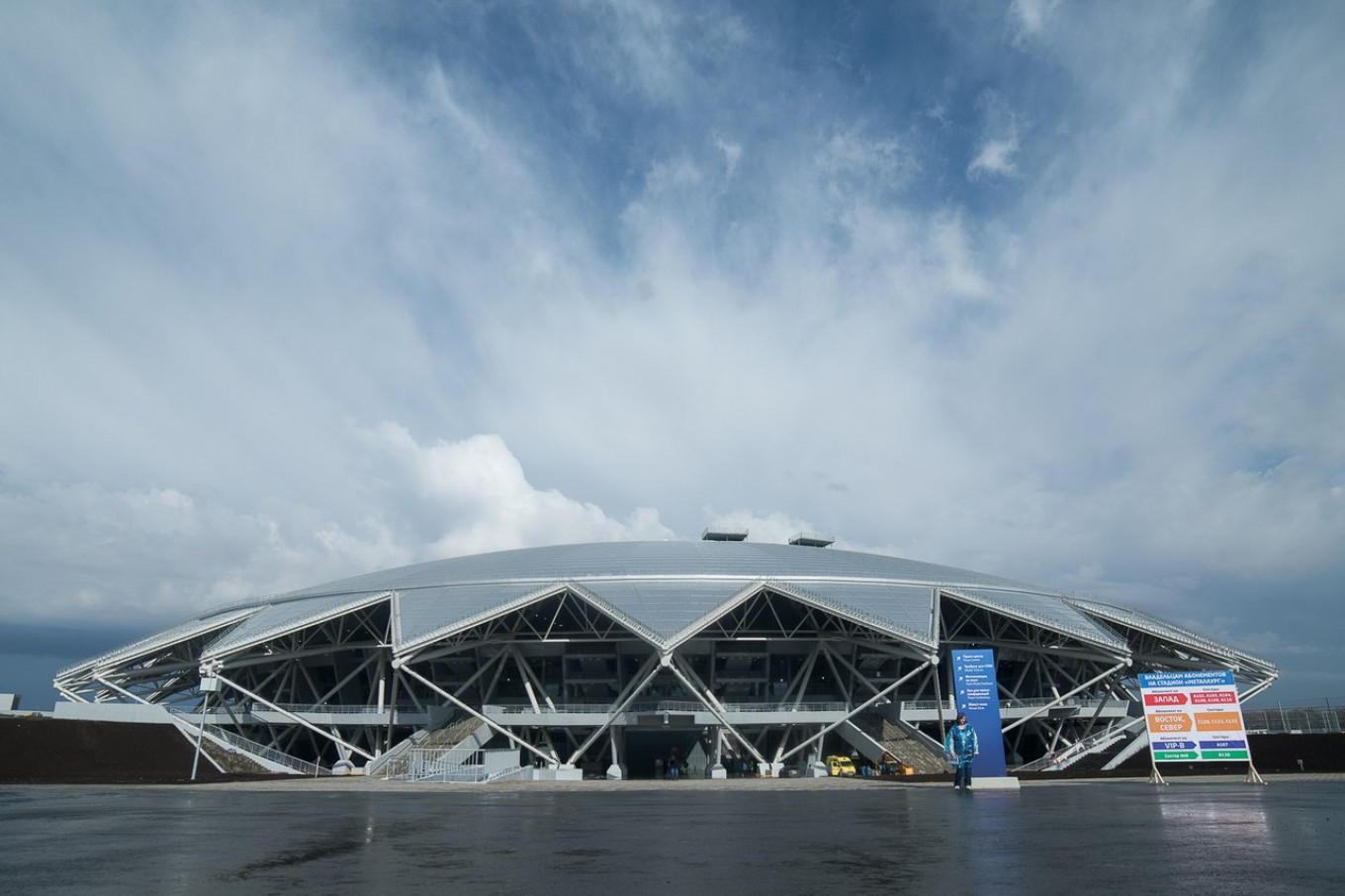
Resembling a UFO and built at the highest point in the city, Samara Arena hosted six matches during the World Cup. Today, it is the host venue for FC Krylia Sovetov, which narrowly avoided relegation from the Premier League last season.
Volgograd Arena
Home team: FC Rotor
Capacity: 45,568
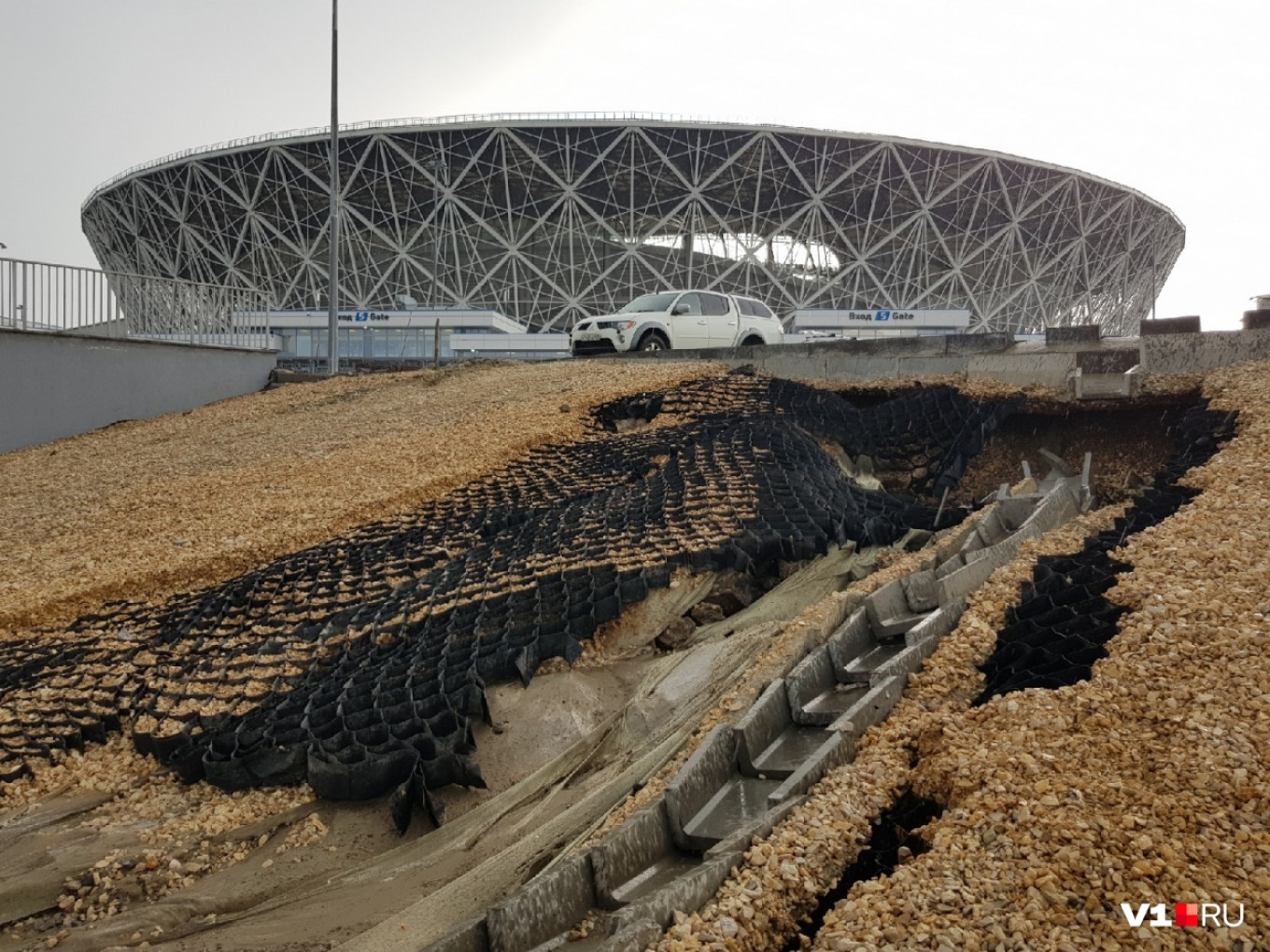
Built in an undeveloped part of Volgograd, the city had hoped its World Cup stadium would revitalize the area.
However, Volgograd Arena encountered problems almost as soon as foreign fans left the country after the World Cup. Rain seriously damaged parts of the stadium’s grounds, creating cracks in its foundations and giving the venue a shattered look.
On June 16, another rain storm severely damaged the grounds around the stadium, local media reported, blocking a nearby highway with sand and mud.
A Message from The Moscow Times:
Dear readers,
We are facing unprecedented challenges. Russia's Prosecutor General's Office has designated The Moscow Times as an "undesirable" organization, criminalizing our work and putting our staff at risk of prosecution. This follows our earlier unjust labeling as a "foreign agent."
These actions are direct attempts to silence independent journalism in Russia. The authorities claim our work "discredits the decisions of the Russian leadership." We see things differently: we strive to provide accurate, unbiased reporting on Russia.
We, the journalists of The Moscow Times, refuse to be silenced. But to continue our work, we need your help.
Your support, no matter how small, makes a world of difference. If you can, please support us monthly starting from just $2. It's quick to set up, and every contribution makes a significant impact.
By supporting The Moscow Times, you're defending open, independent journalism in the face of repression. Thank you for standing with us.
Remind me later.


